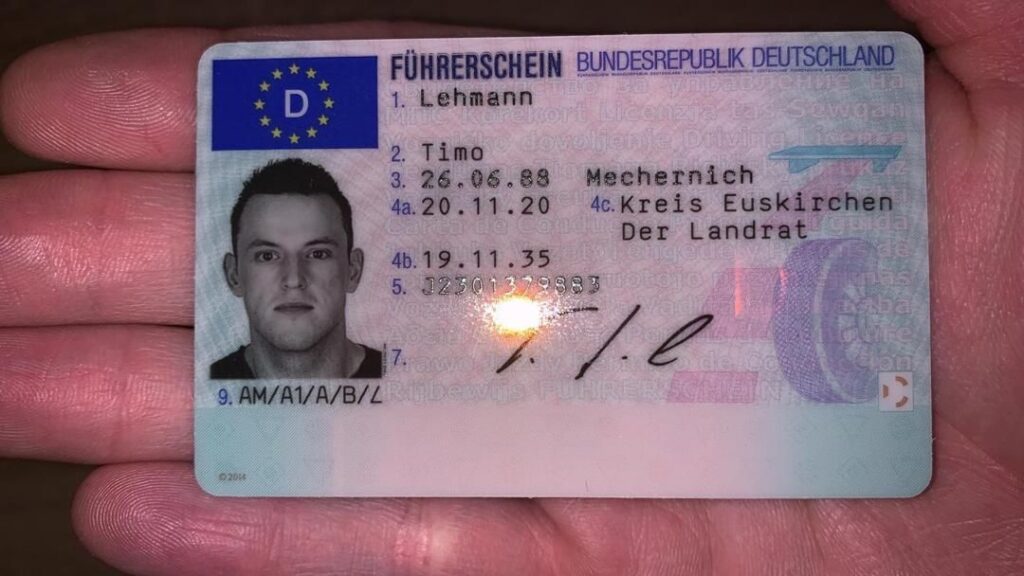A Brief History History Of A1 Theory Test
The A1 Theory Test: A Comprehensive Guide
The A1 Theory Test is a vital component for aspiring motorcyclists wanting to acquire their A1 category motorcycle license. Understanding the test's structure, material, and requirements is vital for success. This short article supplies an in-depth take a look at the A1 Theory Test, consisting of preparation methods, essential subjects, and frequently asked questions.
What is the A1 Theory Test?
The A1 Theory Test examines a candidate's knowledge and understanding of roadway security, traffic rules, and bike operation. Prospects normally need to pass the theory test before attempting practical riding evaluations. The A1 category allows individuals to ride motorcycles with an engine capacity of as much as 125cc, supplied they fulfill particular age and training requirements.
Structure of the A1 Theory Test
The A1 Theory Test includes 2 primary parts:
Multiple-Choice Questions: This section consists of 50 concerns covering numerous topics associated with road safety and motorbike operation. Prospects need to address at least 43 concerns correctly to pass.
Risk Perception Test: This part evaluates the rider's capability to acknowledge establishing hazards while riding. Candidates enjoy a series of video clips and need to determine threats as they emerge.
The test is handled a computer, and candidates are allotted a specific period to finish both sections. It is crucial to keep in mind that both the multiple-choice and danger understanding sections must be passed to get a certificate.
Secret Topics Covered in the A1 Theory Test
The A1 Theory Test includes a variety of vital topics that every motorcyclist ought to be familiar with, consisting of:
Traffic Signs and Signals: Understanding the significance and regulations connected with numerous roadway signs.
Road Traffic Rules: Knowledge of the laws governing road usage, such as speed limitations and right-of-way guidelines.
Bike Controls and Operation: Familiarity with motorbike elements and controls, consisting of brake systems, gears, and lights.
Rider Safety: Comprehensive knowledge of personal protective equipment (PPE) and safe riding practices.
Managing Risk: Techniques for recognizing and managing potential dangers while riding.
Environmental Considerations: Understanding the effect of riding on the environment and how to minimize it.
To be successful in the A1 Theory Test, candidates should thoroughly study these topics.
Research Study Tips for Passing the A1 Theory Test
Preparing for the A1 Theory Test requires dedication and tactical study approaches. Here are some reliable techniques:
Use Official Study Materials: The DVSA (Driver and Vehicle Standards Agency) supplies official revision materials, including books and online resources.
Take Practice Tests: Utilizing practice concerns and mock tests helps familiarize candidates with the content and format of the exam.
Join a Riding School: Enrolling in a reputable motorbike training school typically includes structured lessons on theory and practical riding.
Take Part In Discussion Groups: Joining online forums or local riding clubs can provide important insight and pointers from knowledgeable riders.
Evaluation the Highway Code: This essential resource consists of a wealth of information about road signs, guidelines, and safe driving practices.
Getting ready for the Hazard Perception Test
The Hazard Perception Test needs a somewhat different preparation technique. To improve efficiency in this area:
Watch Videos of Real Riding Scenarios: Reviewing videos that depict various road circumstances will help candidates get used to identifying hazards better.
Practice Clicking for Hazards: During practice sessions, timing when to click to identify threats will improve the possibility of scoring higher in the real test.
Comprehend the Scoring Mechanism: Knowing how risks are scored in the test will assist prospects on what to try to find during practice.
Table: A1 Theory Test Overview
Part
Description
Passing Requirement
Multiple-Choice Questions
50 questions covering road security and lorry operation
At least 43 right responses
Risk Perception
Determine risks in video
Minimum rating based on risk identification
Often Asked Questions (FAQs)
1. What is the passing rating for the A1 Theory Test?
Candidates need to correctly answer at least 43 out of 50 concerns in the multiple-choice area and score a minimum in the risk understanding section to pass.
2. Can I take the A1 Theory Test online?
No, the A1 Theory Test is carried out at designated screening centers via a computer system.
3. For how long is the A1 Theory Test valid?
Once passed, the theory test certificate is generally valid for 2 years, throughout which candidates must complete their practical riding test.
4. How much does the A1 Theory Test cost?
The expense differs by location, however it typically ranges from ₤ 23 to ₤ 50. Talk to the local testing authority for accurate pricing.
5. What takes place if I stop working the A1 Theory Test?
Candidates can retake the test as lots of times as required until they pass, but they must pay the test cost each time.
Effectively passing the A1 Theory Test is an essential action toward ending up being a proficient and safe motorcyclist. By Registrierten Führerschein Legal Online Kaufen with the test's structure, material, and efficient research study strategies, prospects can boost their opportunities of success. As motorcycle riding can posture particular threats, extensive preparation not only help in acquiring a license however also adds to a safer riding experience for all roadway users.
